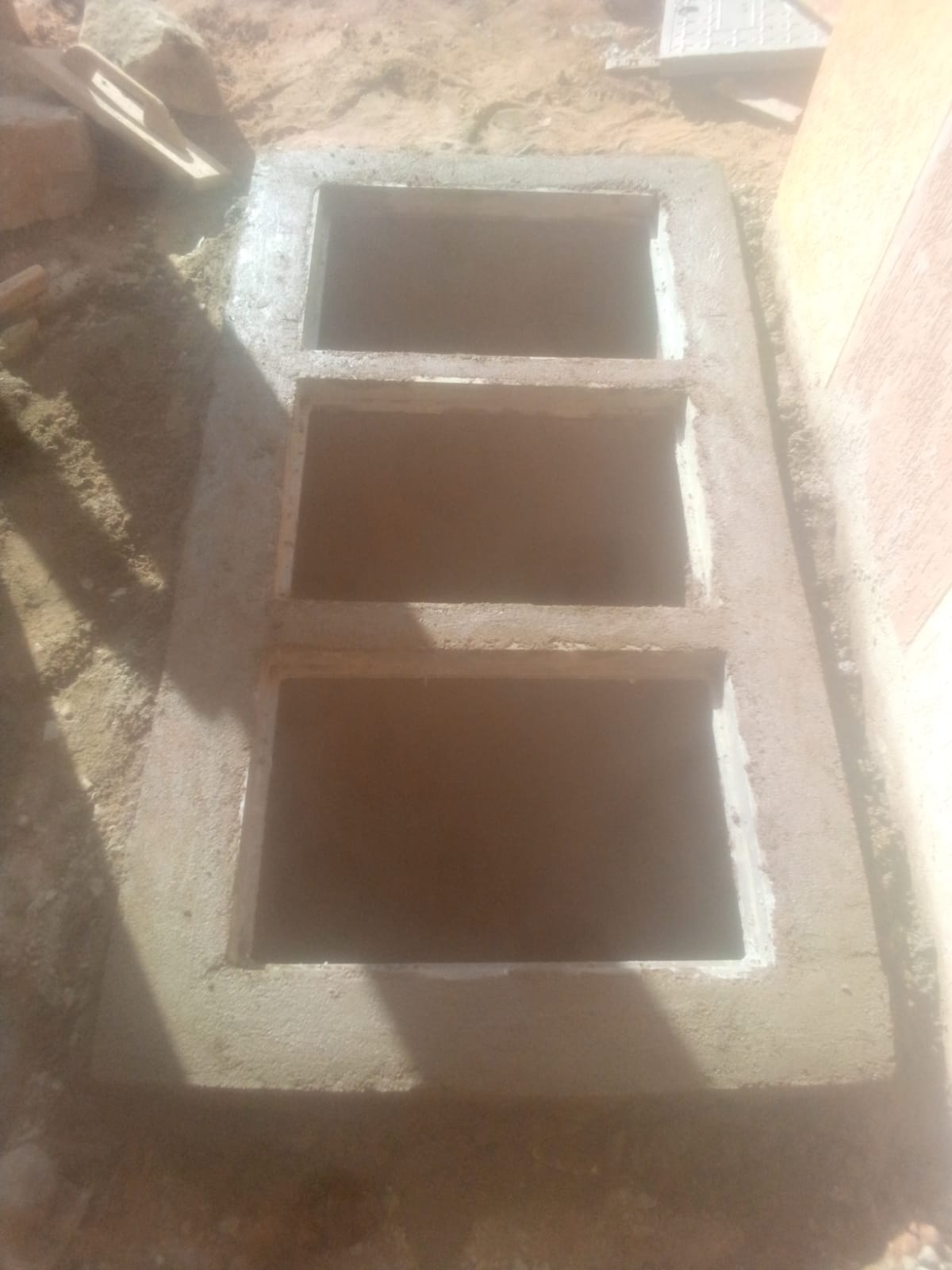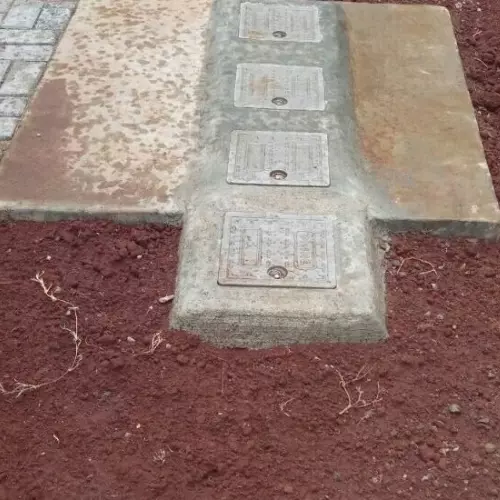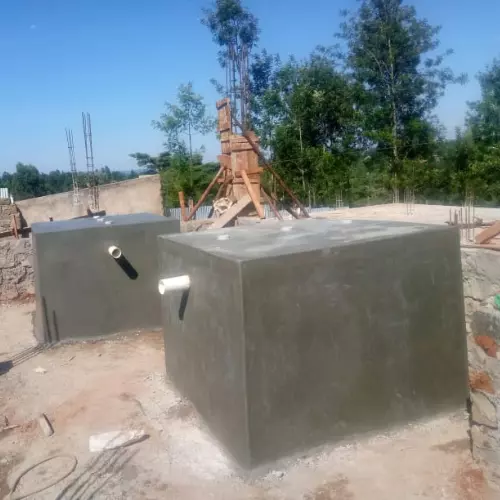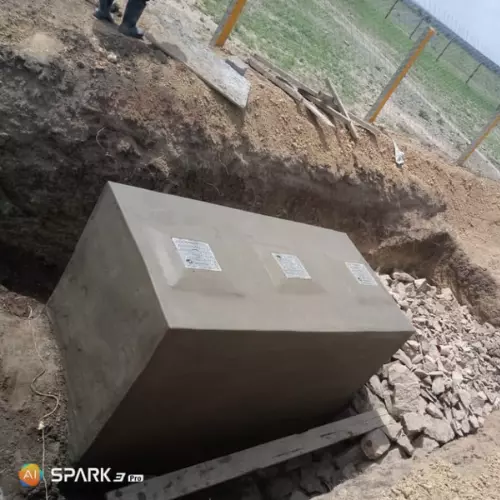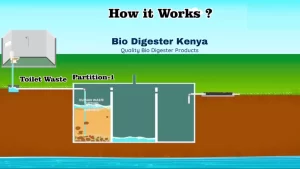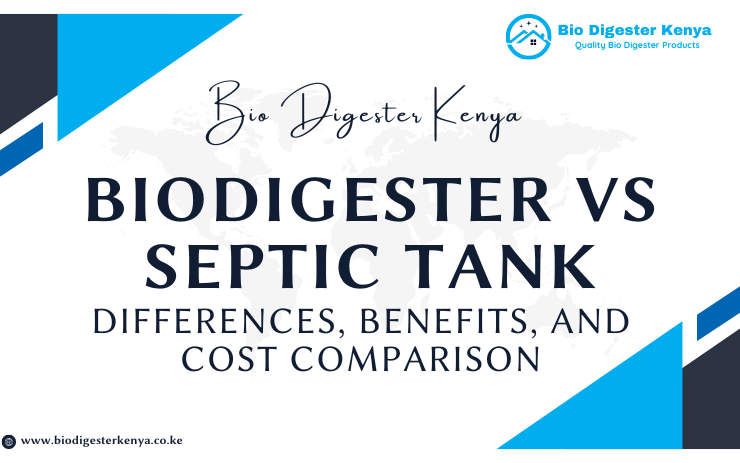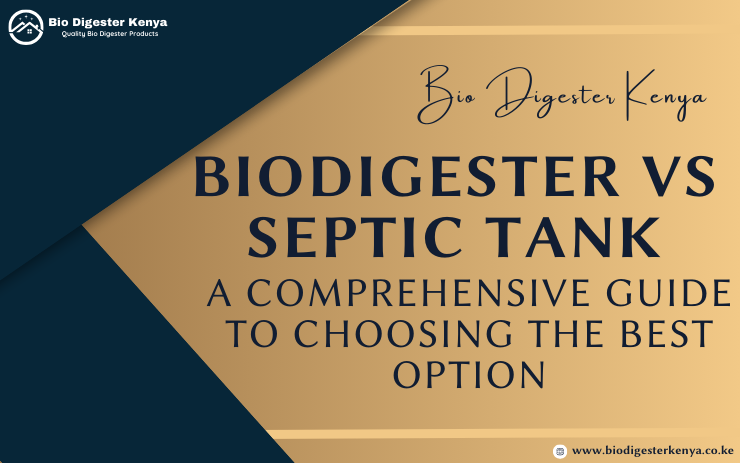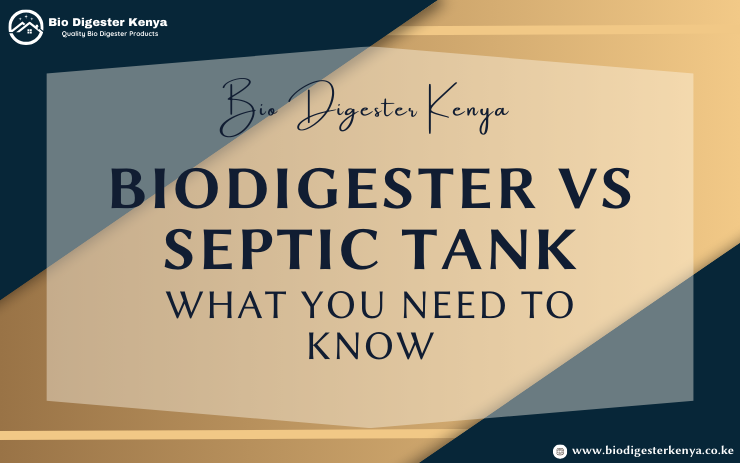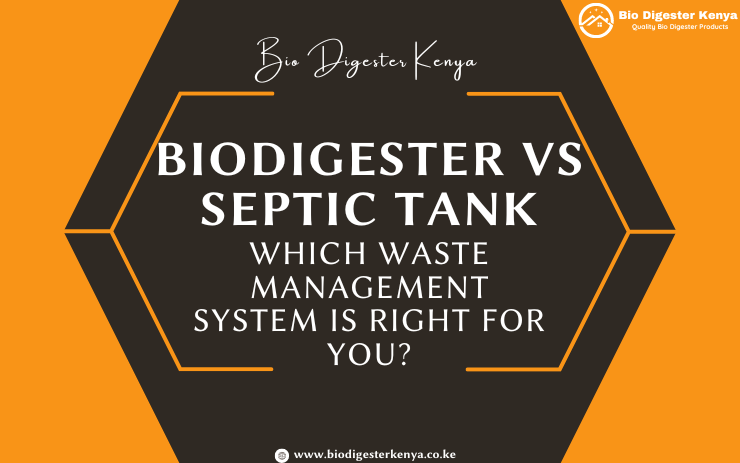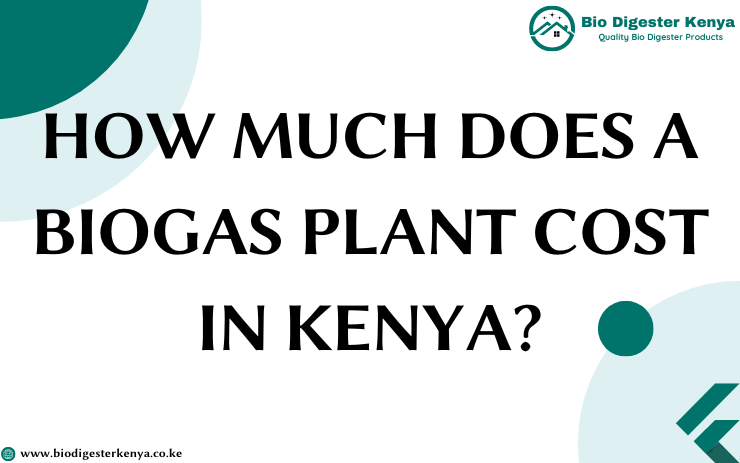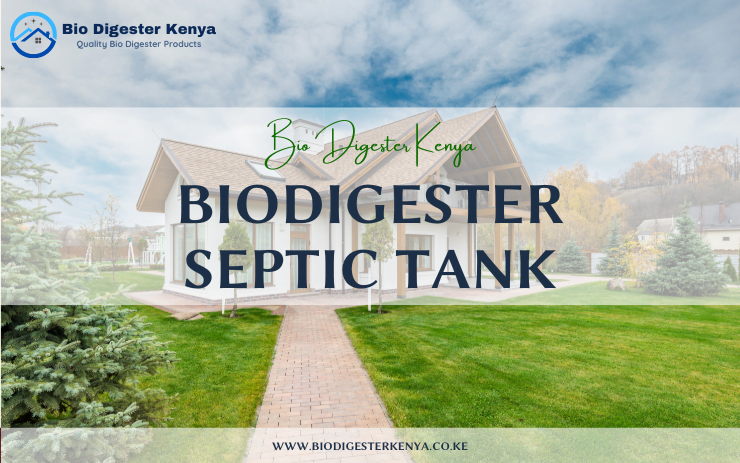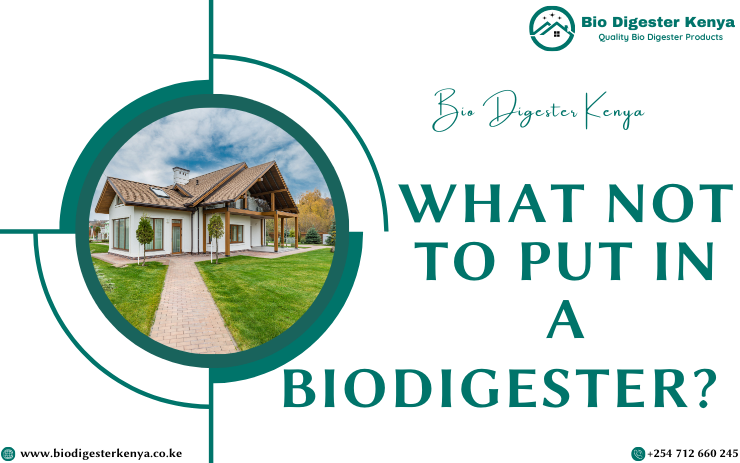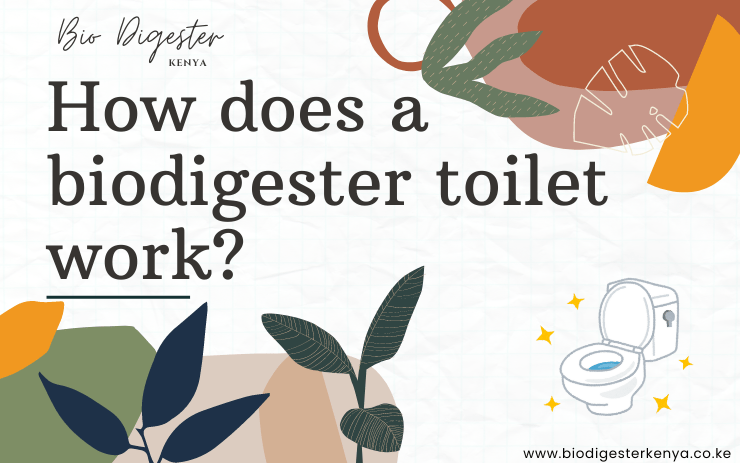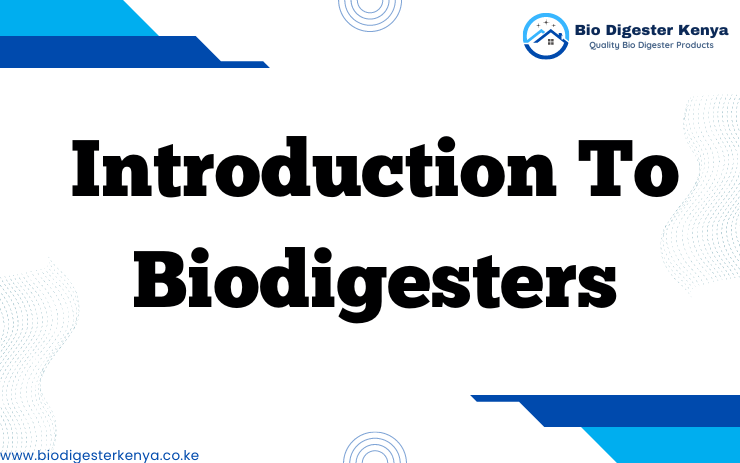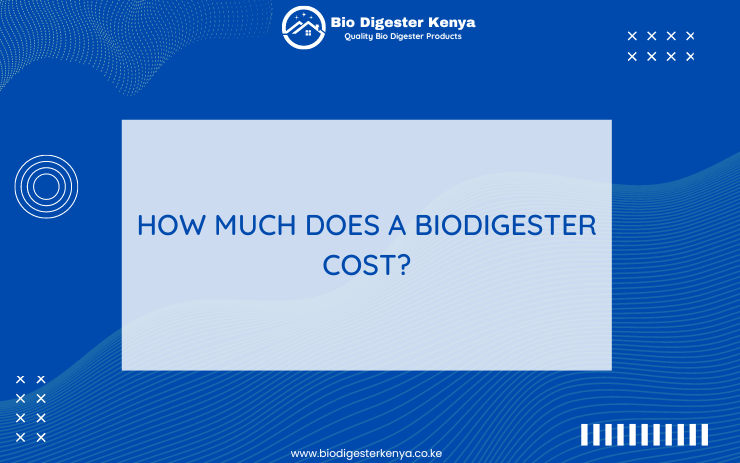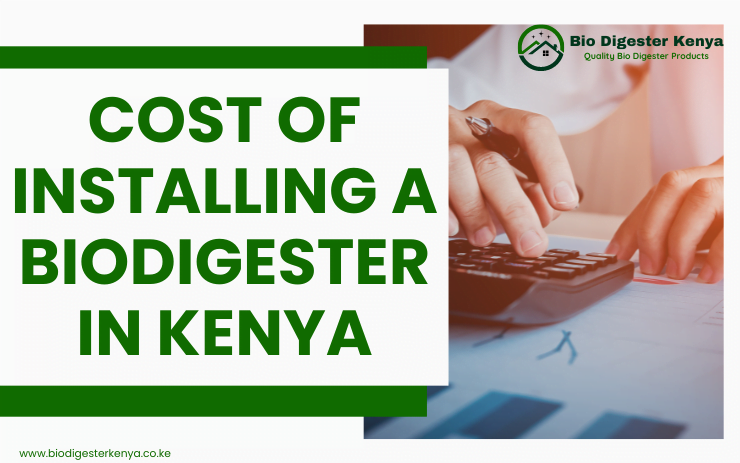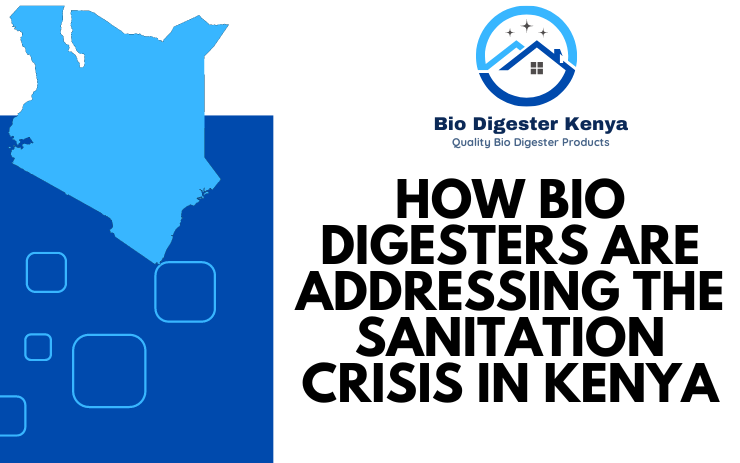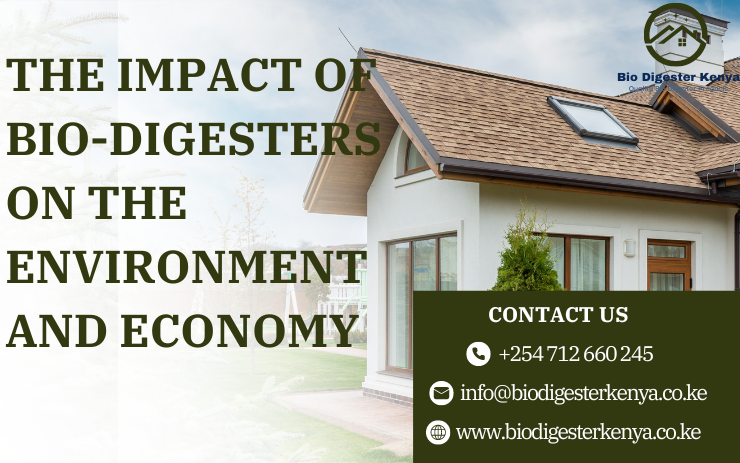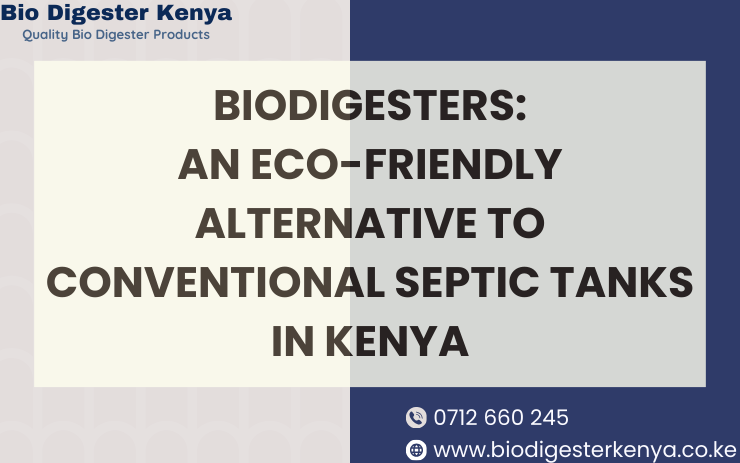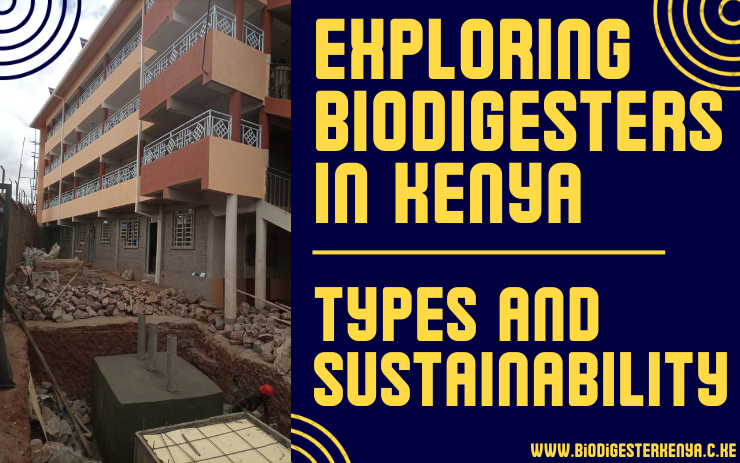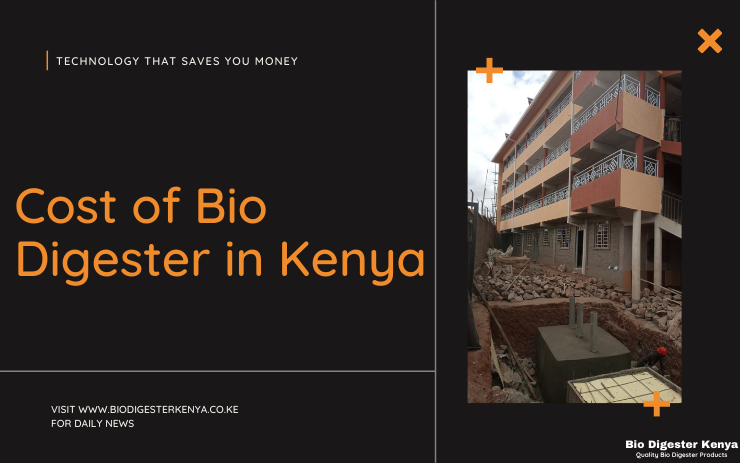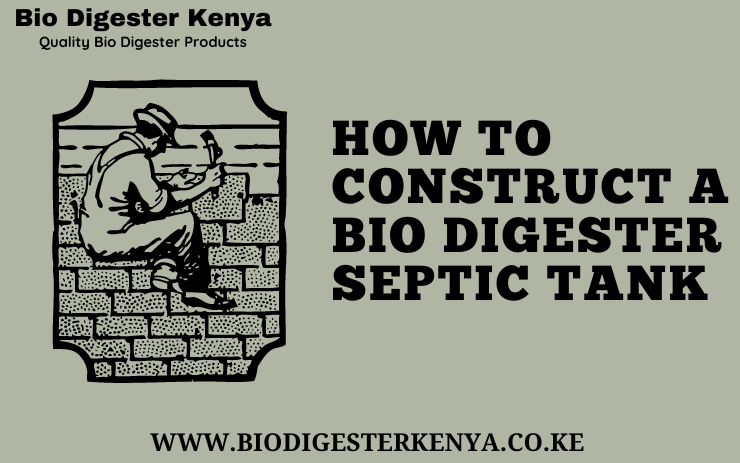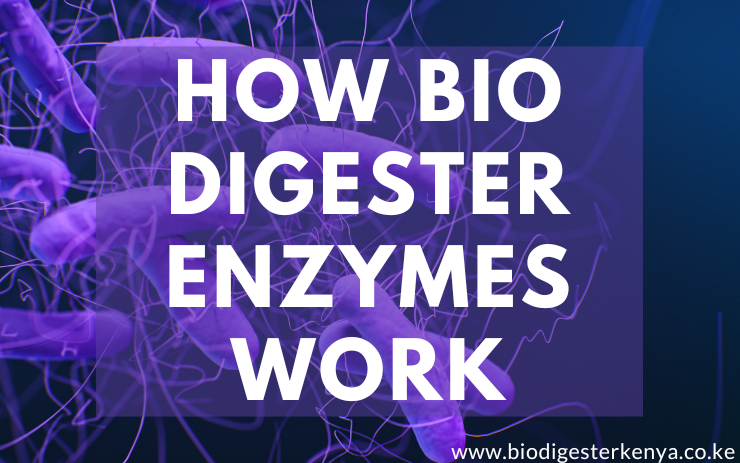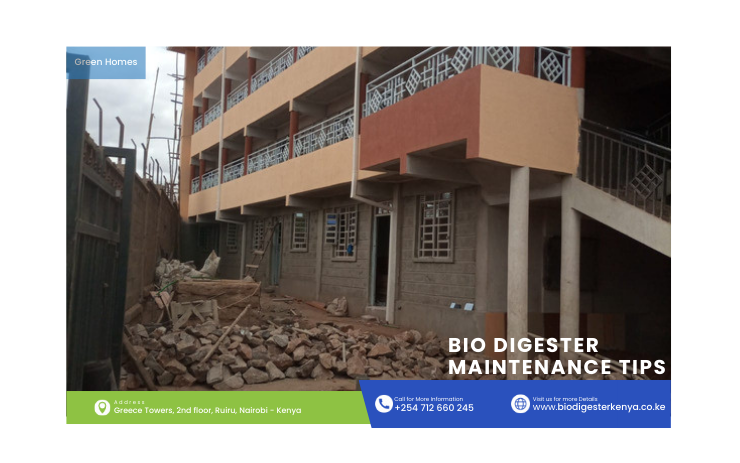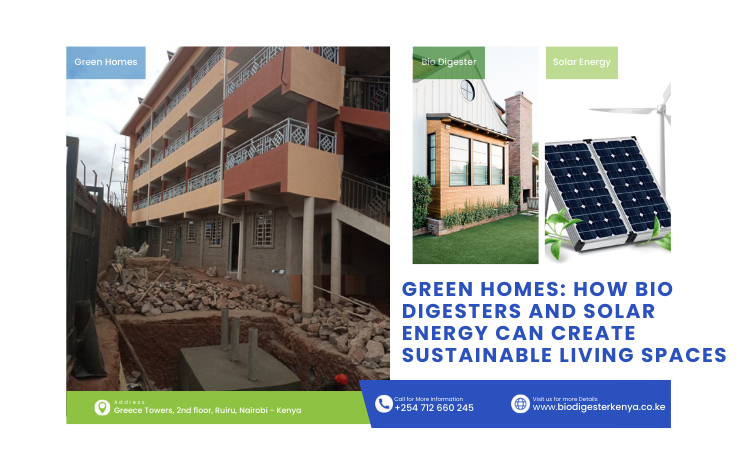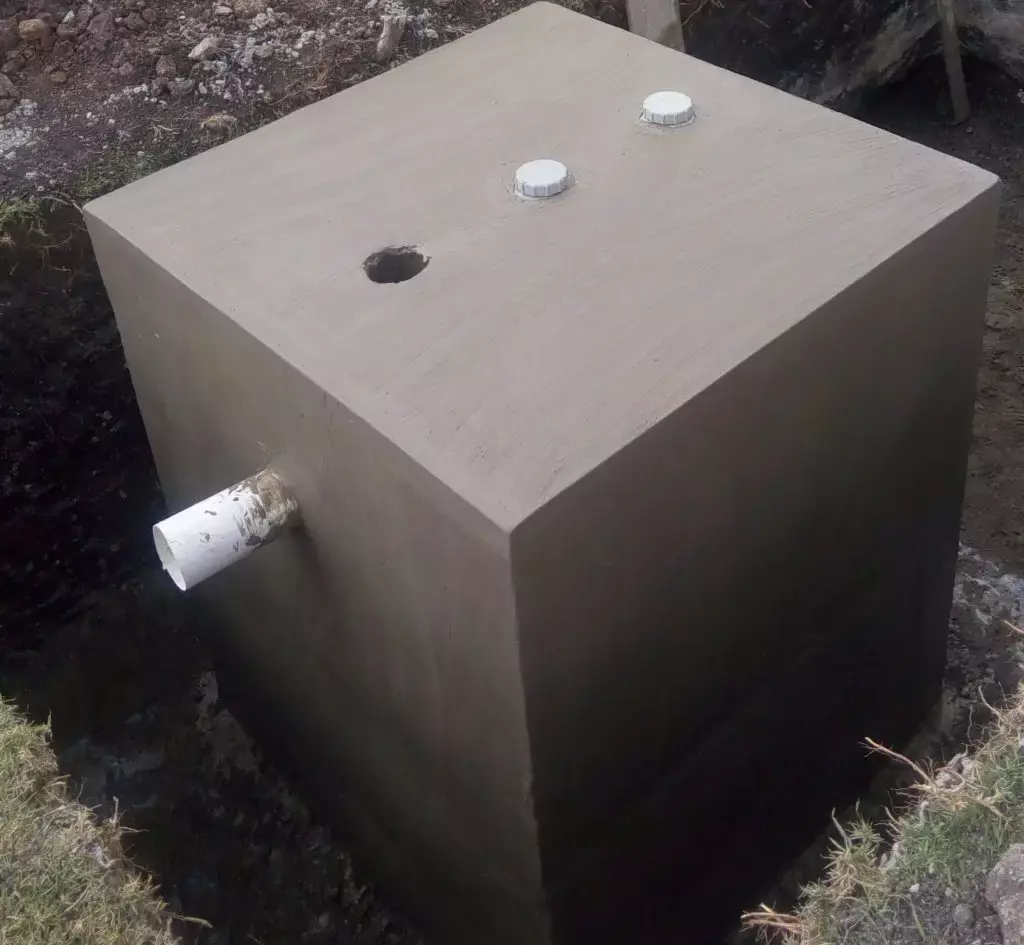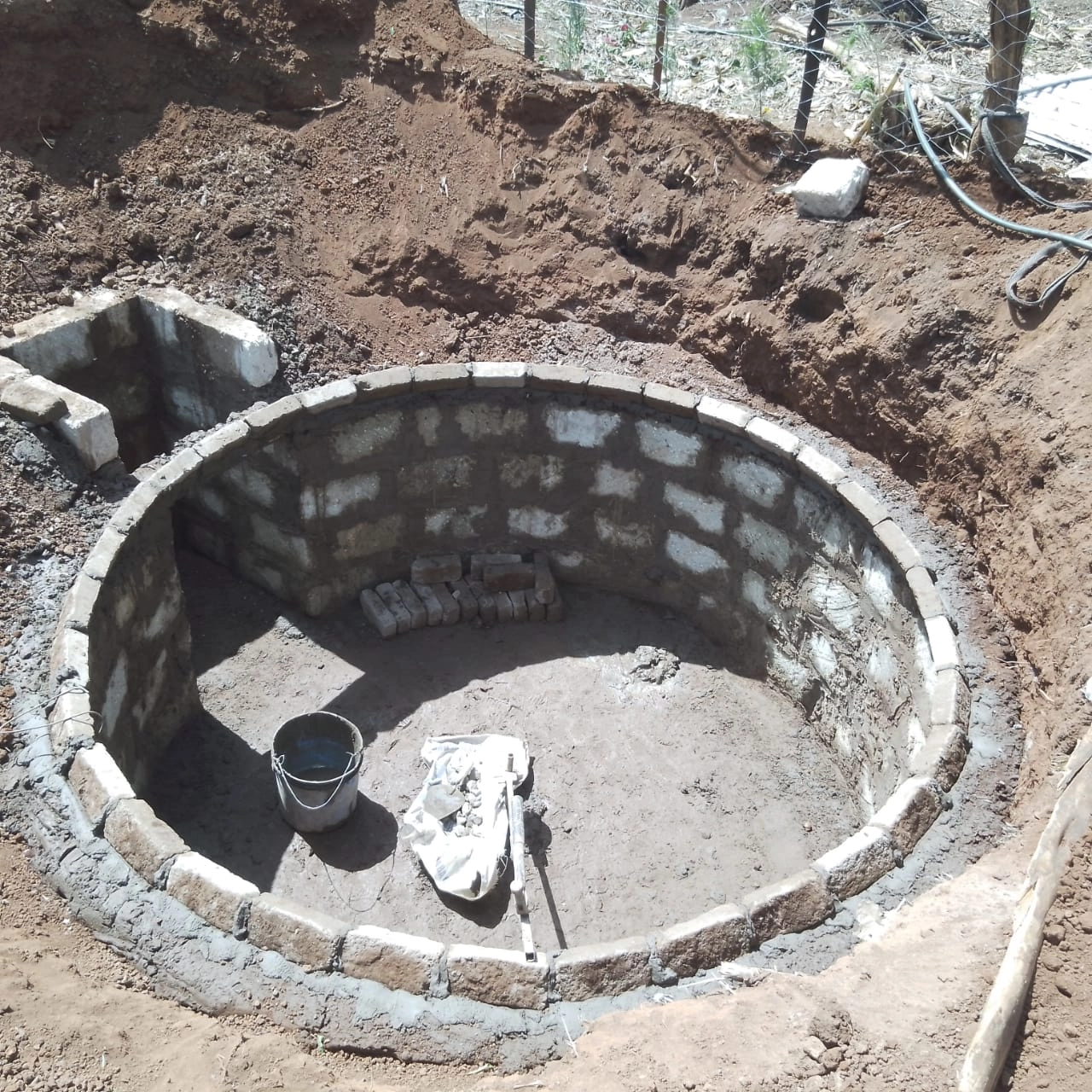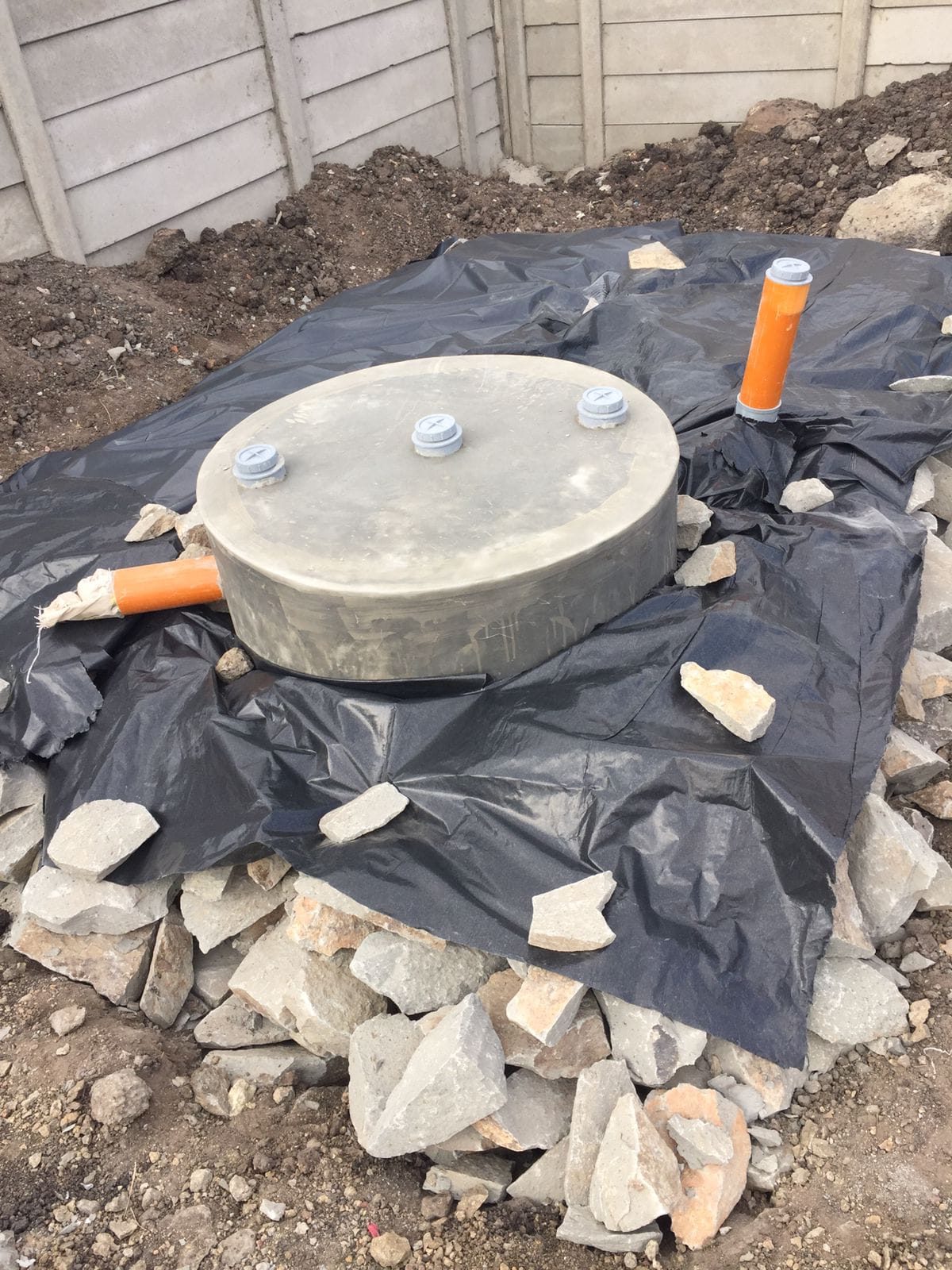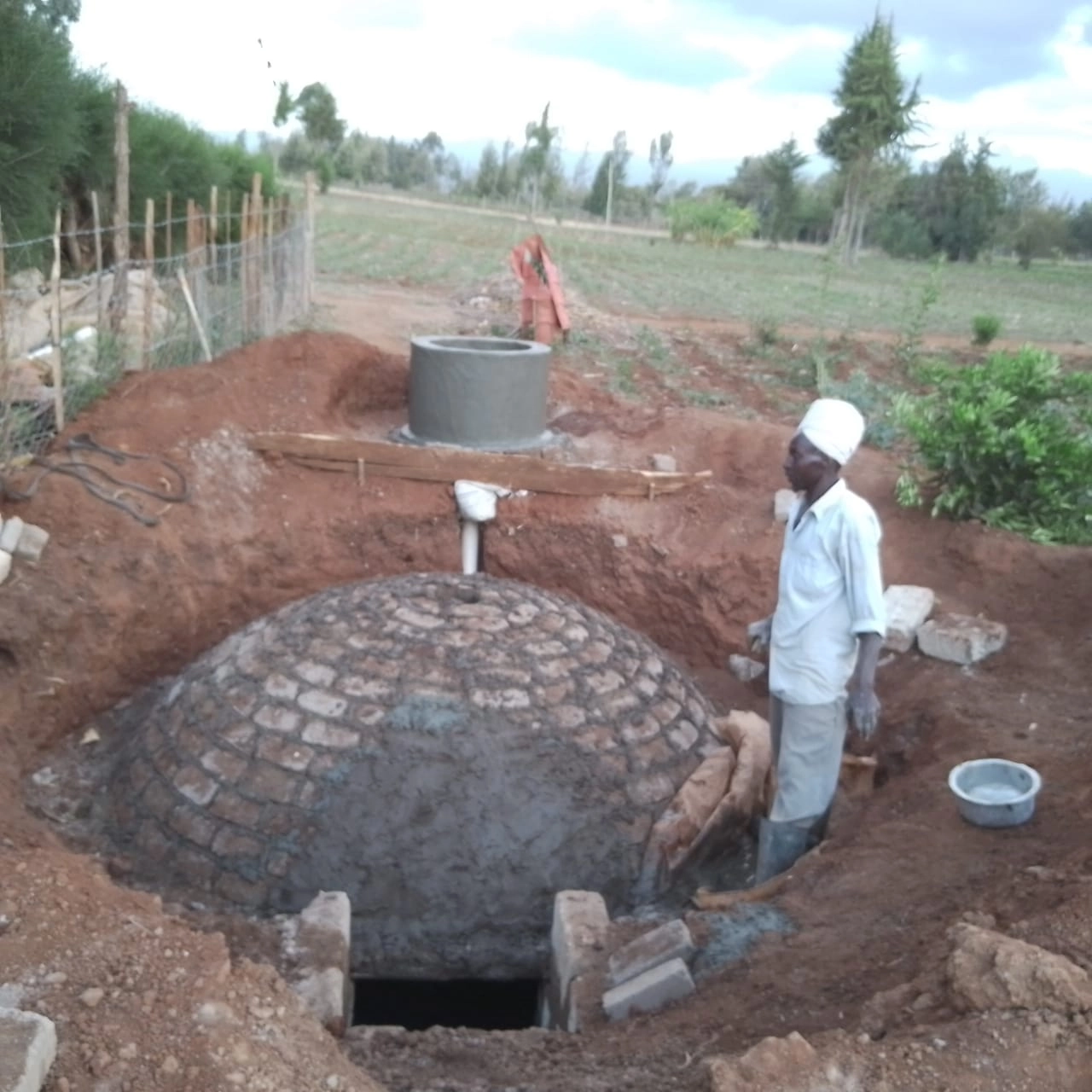
Introduction
Are you looking for an eco-friendly and efficient solution to manage wastewater in your home or business?
Installing a bio digester can be the answer. Bio digesters are innovative systems that break down organic waste using bacteria, converting it into biogas and nutrient-rich fertilizer.
In this article, we will explore the process of installing a bio digester, its benefits, maintenance, and troubleshooting.
Whether you are a homeowner or a business owner, this guide will provide you with valuable insights on harnessing the power of bio digesters.
Table of Contents
What is a Bio Digester?
A bio digester is a closed-system tank that utilizes bacteria to decompose organic waste.
It provides an eco-friendly alternative to traditional septic tanks and sewage treatment systems.
The bacteria in a bio digester break down the waste, producing biogas, which can be used for cooking or generating electricity, and bio slurry, a nutrient-rich fertilizer.
Our Bio Digesters are engineered to handle both human waste management and farm operations where they generate Bio Gas and nutrient-rich fertilizer.
You can learn more on how a Bio Digester Works on this article.
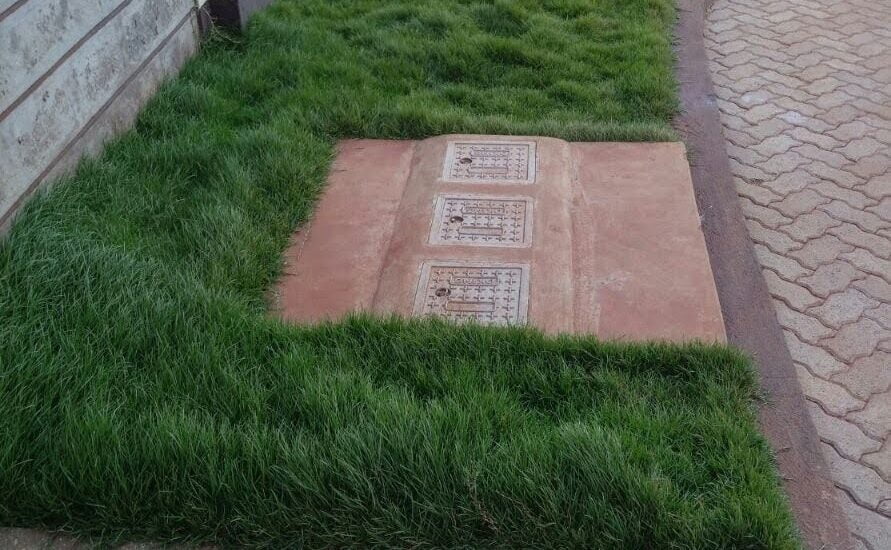
Benefits of Installing a Bio Digester
There are numerous benefits to installing a bio digester in your home or business. Let’s explore some of the key advantages:
1. Environmental Benefits
Bio digesters offer significant environmental benefits. They convert waste to water and methane gas. This reduces the need for traditional waste disposal methods such as land fills.
They also reduce the bad odour produced by traditional septic tanks and disposal methods.
2. Cost Savings
In addition to being eco-friendly, bio digesters can save you money in the long run. By generating biogas, you can reduce your reliance on traditional energy sources and lower your utility bills. Moreover, the nutrient-rich bio slurry produced can replace chemical fertilizers, reducing agricultural costs.
3. Cost Savings
Bio digesters promote better health and safety conditions. Traditional septic tanks can pose health risks due to the release of foul odors and potentially hazardous gases. In contrast, bio digesters eliminate these issues by effectively breaking down waste and preventing odor problems.
Bio digesters do not require expensive and concutrent exhaustion compared to traditional septic tanks.
Types of Bio Digesters
There are two main types of bio digesters: anaerobic bio digesters and aerobic bio digesters.
1. Anaerobic Bio Digesters
Anaerobic bio digesters are sealed tanks where bacteria break down organic waste in the absence of oxygen. This process produces biogas, which is rich in methane and can be used as a renewable energy source. Anaerobic bio digesters are suitable for locations with limited space and can handle a wide range of organic waste.
2. Aerobic Bio Digesters
Aerobic bio digesters require oxygen to function. They use a combination of bacteria and air to decompose organic waste. Although they do not produce biogas, they generate nutrient-rich compost that can be used in gardening and agriculture. Aerobic bio digesters are ideal for locations with ample space and are particularly effective in treating kitchen waste.
Steps to Install a Bio Digester
Installing a bio digester involves several important steps. By following these steps, you can ensure a successful installation and optimal performance of your system.
1. Assessing the Requirements
Before installing a bio digester, it is crucial to assess your specific requirements. Consider factors such as the amount of waste generated, and available space. Bio Digester Kenya will help you determine the size and type of bio digester that best suits your needs.
2. Choosing the Right System
Once you have assessed your requirements, it’s time to select the right bio digester system. Consult with experts in the field like Bio Digester Kenya to understand the available options and choose a system that meets your specific needs. Consider factors such as capacity, maintenance requirements, and installation feasibility.
3. Preparing the Installation Site
Preparing the installation site is essential for the smooth functioning of your bio digester. Ensure that the chosen location is well-drained and easily accessible for maintenance. Clear any obstacles, level the ground, and create a solid foundation for the digester. Adequate space should be allocated for piping connections and venting systems.
4. Installing the Bio Digester
The installation process may vary depending on the size of bio digester chosen. Bio Digester Kenya will make sure the bio digester is installed corectlly, all connections are secure and well sealed. We will also test the system before commisioning it for regular use.
-
Sale!
BioDigester 1M³
Rated 5.00 out of 5KSh 85,000Original price was: KSh 85,000.KSh 65,000Current price is: KSh 65,000. Order Via WhatsApp -
Sale!
BioDigester 2M³
KSh 160,000Original price was: KSh 160,000.KSh 130,000Current price is: KSh 130,000. Order Via WhatsApp -
Sale!
BioDigester 4M³
Rated 5.00 out of 5KSh 280,000Original price was: KSh 280,000.KSh 260,000Current price is: KSh 260,000. Order Via WhatsApp -
BioDigester 3M³
Rated 5.00 out of 5KSh 230,000 Order Via WhatsApp
Maintenance and Care
To ensure the longevity and optimal performance of your bio digester, regular maintenance and care are essential. Bio Digester Kenya offers Bio Digester Maintenance services.
Here are some important aspects we always consider:
1. Regular Inspections
We perform regular inspections to check for any signs of damage or leaks. Monitor the overall condition of the bio digester and its components. Address any issues promptly to avoid costly repairs or system failures.
2. Monitoring Bacterial Activity
Bacteria play a crucial role in the digestion process within a bio digester. We regularly monitor the bacterial activity by conducting simple tests. If necessary, introduce additional bacteria to enhance digestion efficiency.
3. Proper Waste Disposal
Always Ensure that only suitable organic waste is introduced into the bio digester. Avoid introducing non-biodegradable materials, chemicals, or excessive amounts of oil and grease. Improper waste disposal can disrupt the digestion process and lead to system inefficiencies.
Common Issues and Troubleshooting
While bio digesters are generally reliable, there are some common issues that may arise. Here are a few examples and troubleshooting tips:
1. Odor Problems
If you experience foul odors emanating from your bio digester, it could indicate a ventilation or bacterial imbalance issue. Check the venting system for blockages and ensure proper airflow. If necessary, adjust the bacterial balance by introducing suitable bacteria or seeking expert advice.
2. Clogging or Blockages
Clogging or blockages in the piping system can hamper the functioning of the bio digester. Regularly inspect and clean the pipes to prevent any buildup or obstructions. If a blockage occurs, carefully remove it or seek professional assistance to avoid damaging the system.
3. Inadequate Digestion
If the bio digester fails to digest waste properly, it may result from insufficient bacterial activity or improper waste composition. Ensure that the bacterial balance is maintained and consider adjusting the waste input if necessary. Seek expert guidance if the problem persists.
Conclusion
In conclusion, installing a bio digester in your home or business is a wise choice for effective waste management and sustainable living.
Bio digesters offer numerous benefits, including waste reduction, energy generation, cost savings, and environmental impact reduction.
By harnessing the power of bacteria and natural decomposition processes, bio digesters transform organic waste into biogas, which can be utilized for various purposes.
By adopting a bio digester, you not only contribute to a cleaner and greener environment but also save on waste management costs in the long run.
Furthermore, you become part of a sustainable solution that reduces reliance on fossil fuels and minimizes the carbon footprint.
So, take the first step towards a more eco-friendly future by exploring the possibilities of installing a bio digester in your home or business. Embrace this innovative waste management solution, and together, we can make a positive impact on the environment while enjoying the benefits of efficient waste disposal and energy generation.
Get in touch with us today and start your Bio Digester Journey today!
FAQs
1. What is the lifespan of a bio digester?
The lifespan of a bio digester can vary depending on factors such as design, construction quality, and maintenance practices. Generally, a well-built and properly maintained bio digester can last for 20 to 30 years or even longer.
2. Can I install a bio digester in a residential area?
Yes, bio digesters can be installed in residential areas, provided that local regulations permit their use. It is advisable to check with the relevant authorities and obtain necessary approvals before installation.
3. Is the installation process complex?
While the installation process may require some technical expertise, it can be accomplished with the help of experienced professionals. Proper planning and adherence to guidelines can ensure a smooth installation process.
4. How can I ensure optimal bacterial activity in the bio digester?
To ensure optimal bacterial activity, it is important to use high-quality bacteria additives specifically designed for bio digesters. These additives contain a blend of beneficial bacteria that enhance the decomposition process and maximize biogas production.
5. What are the safety measures associated with bio digesters?
Bio digesters should be installed and operated following safety guidelines. These measures may include proper ventilation, regular maintenance checks, gas leakage monitoring, and training on safe handling and operation of the system.
